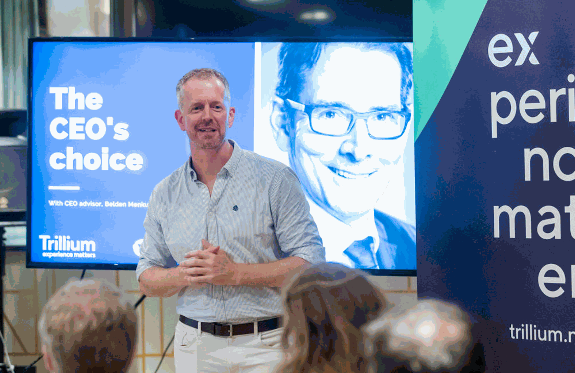In this, the third Memcom “how to” guide in a series on how AI can be exploited to give you an advantage over other jobseekers, we’re looking specifically at how to use AI to write the perfect cover. But remember, as with anything in life, it’s far from perfect and involves a combination of automated content generation from the AI programme and of course, personalisation from you.
Here's Memcom’s Director Julian Smith with another step-by-step guide on the process:
1 - Gather information:
Ok, it’s a basic point to start with: begin by collecting the necessary information about the job you're applying for, the work of the organisation, and the specific qualifications and skills they are looking for. Review the person specification and refer to the job description for context. Remember that AI powered tools are great for creating standard text, but the more specific you can be with your information, the better the result.
2- Choose an AI-powered writing tool:
There are a plethora of AI writing tools available that can assist you in crafting a cover letter. Some popular options include GPT-3 based tools, like ChatGPT, and dedicated cover letter generators. You an also use tools such as Grammarly to polish off the finished article.
Input your information into the AI writing tool. Be careful not to include your name or contact information since it will stay in the AI tool, but you should include the job title, the organisation’s name, and any specific details relevant to the job you’re applying for, such as the person specification and main duties required.
3 - Customise your letter:
And it’s as easy as that. Seconds later, the AI tool will have generated a basic cover letter for you, ready for you to customise and personalise into something more meaningful. Add appropriate examples that align with the job requirements and company culture, and build a strong case as to why you are a perfect fit for the role.
4 - Tailor the opening paragraph:
Like the first page of a book, the opening paragraph is crucial, and should grab the reader's attention. Make sure it's customised to the specific job and organisation (without mentioning the sloppy terms “your role” or “your organisation”). Perhaps mention how you learned about the opportunity, why you're excited about it, and briefly introduce yourself as the perfect candidate through the argument that follows.
5 - Highlight your skills and experience:
Don’t rely too much on the AI-generated content; instead, consider it as the foundation upon which to build. Provide detailed examples of how your skills and experience match the job requirements and be specific and use quantifiable achievements whenever possible.
6 – Think about the tone:
AI can’t quite yet human emotions, and the resulting letter might feel, well, somewhat robotic and flat. As you read and reread the letter, try to ascertain if it has your voice and the correct levels of enthusiasm to come across as the ideal candidate for the role. A letter which doesn’t express the author’s interest in the role and the organisation is unlikely to get shortlisted – but if you can demonstrate how this particular opportunity aligns with your career goals, there’s a good chance you’ll get shortlisted for interview.
7 - Address the painhooks:
Stay relevant and convey an understanding of the organisation's challenges and needs, as well as the specific challenges highlighted in the job description. Offer examples of how you can contribute to their success and solve their problems, reinforcing the idea that you’re the perfect candidate for the role.
8 - Closing paragraph:
As important as the opening paragraph is, the closing paragraph is your last chance to summarise your interest in the role, express their gratitude for considering your application, and mention your desire for an interview. Be professional and courteous, and try to strike the right balance between confidence (hoping you’ll get a chance to explain your credentials in person) and arrogance (looking forward to an interview…).
9 - Review and edit:
So the AI has done the heavy lifting for you, but you should have customised the letter. Thoroughly proofread and edit it for clarity, grammar, and consistency. AI is far from perfect, so critically read and reread the letter to ensure it's error-free and aligns with the job and organisation specifics.
And there you have it. Once you're satisfied with the cover letter, save it and send it and keep your fingers crossed. But remember, the job of a cover letter is to get you shortlisted for interview, and AI can even help you with that part of the process, as we’ll discover in our final guide…
